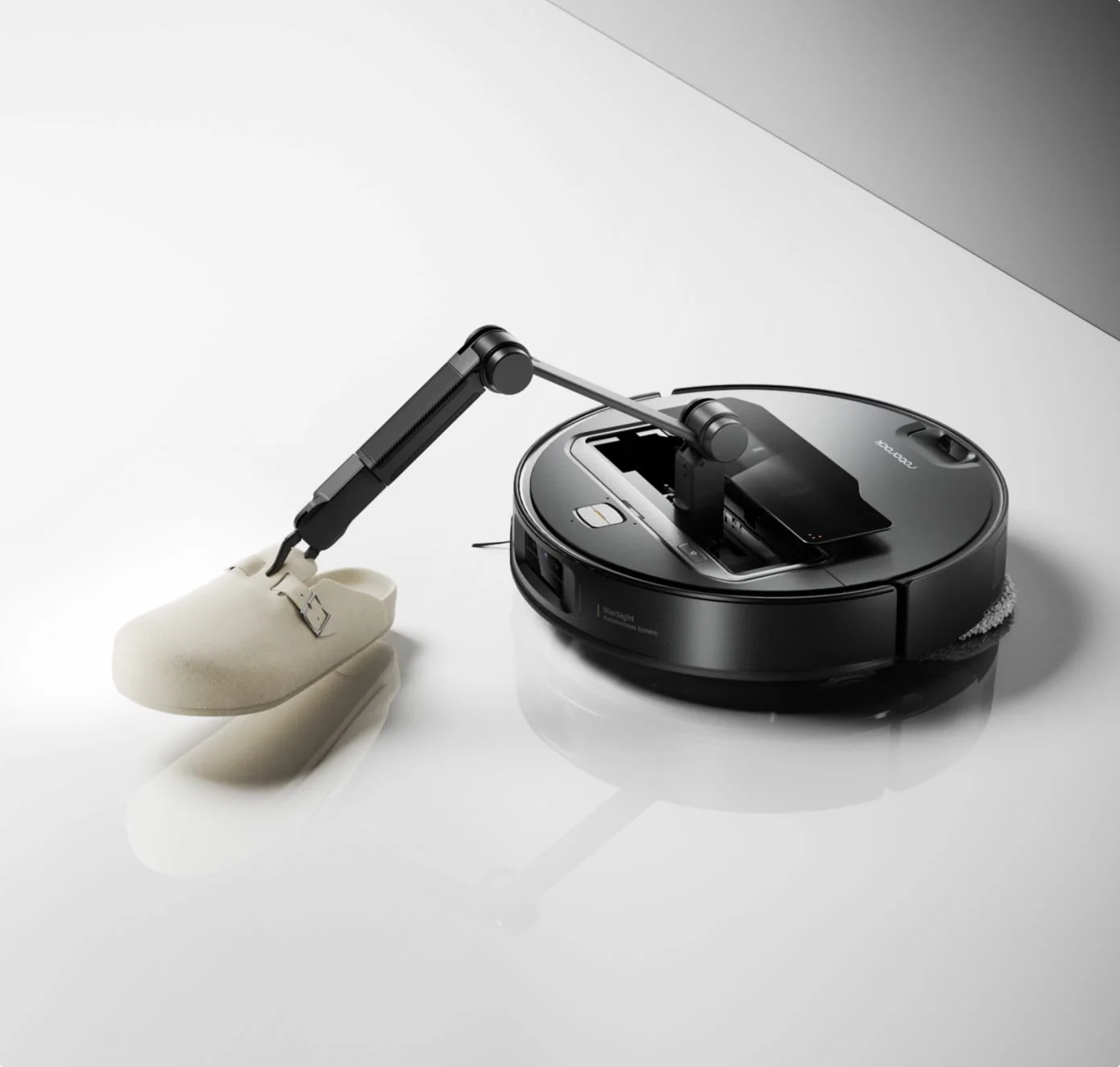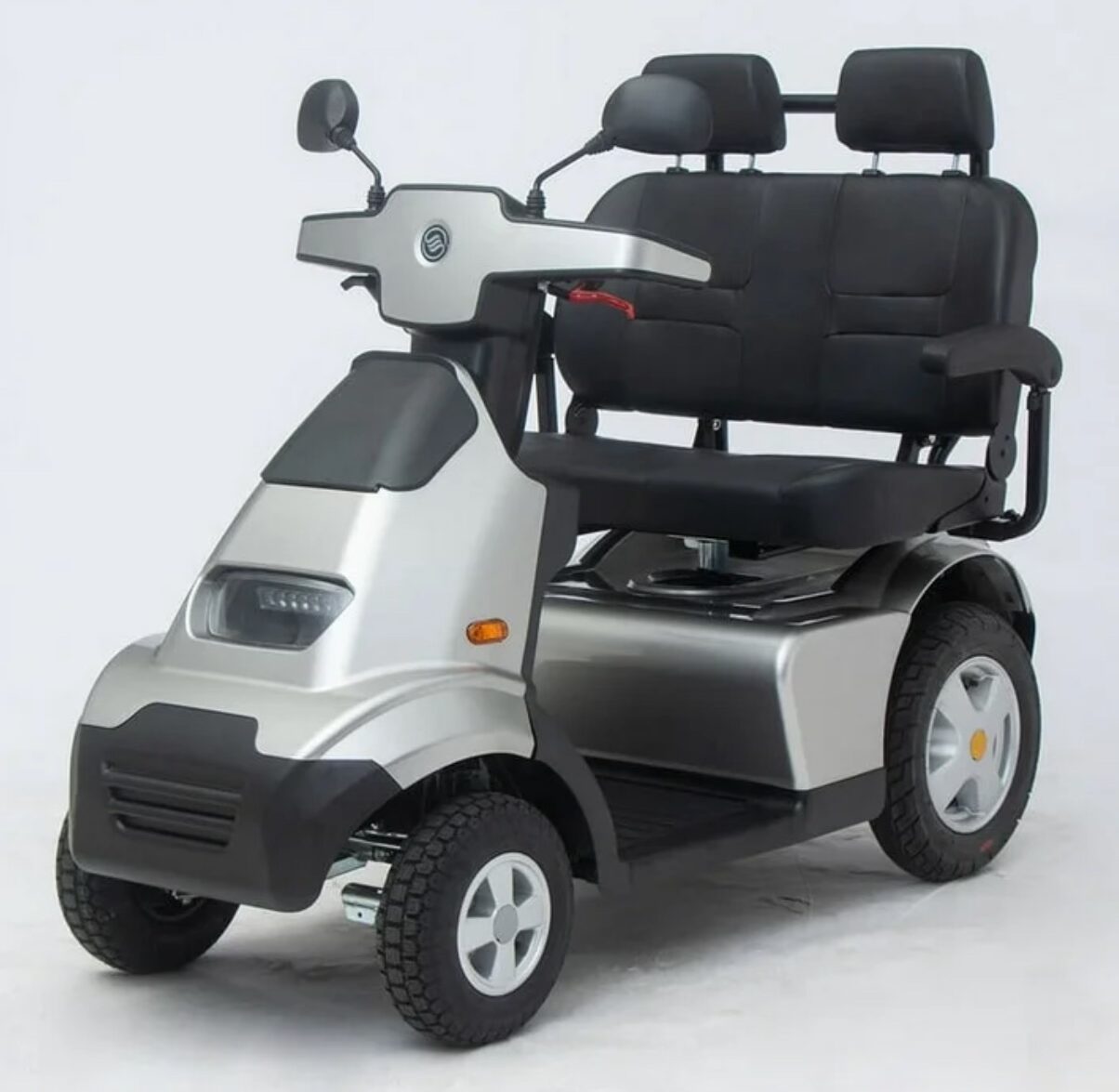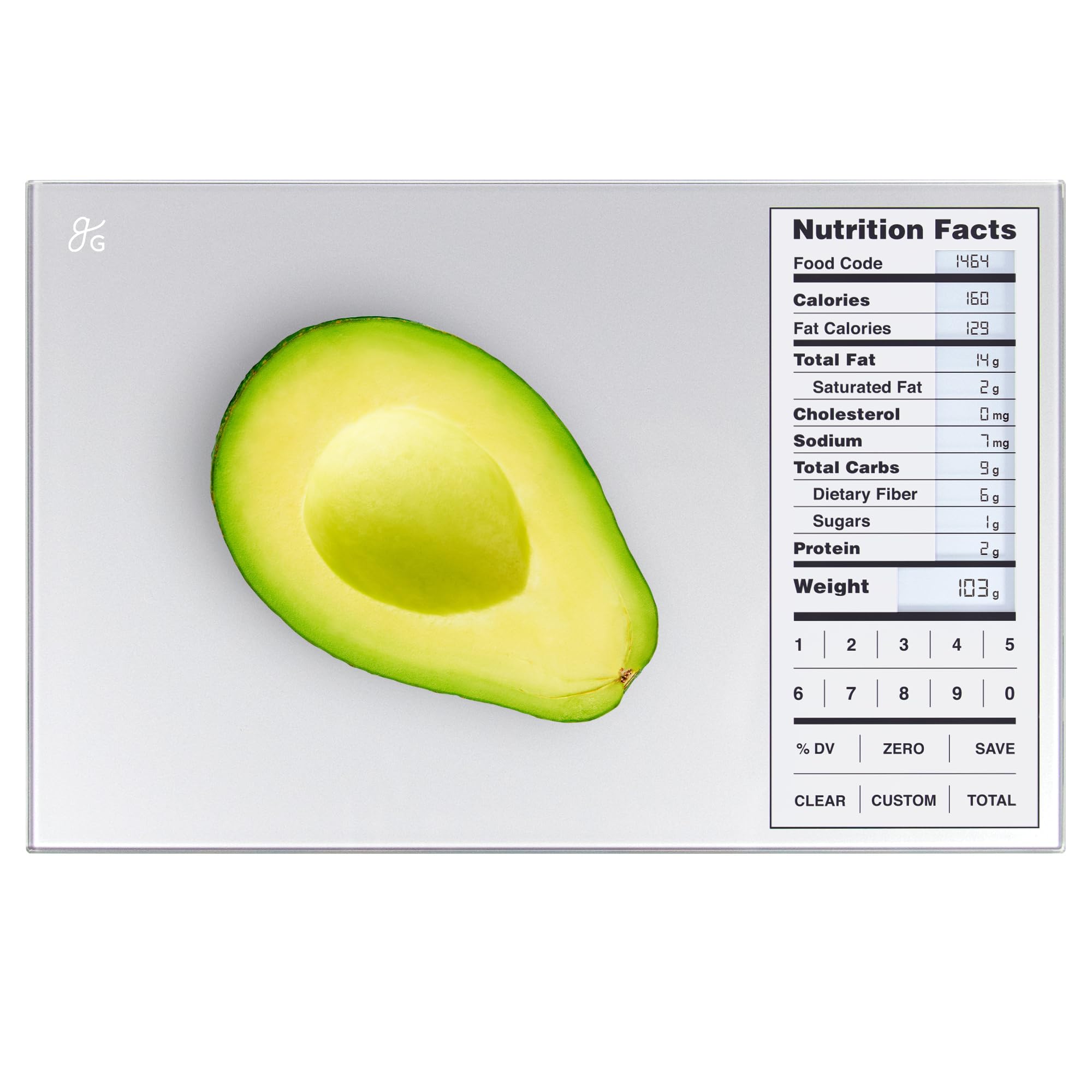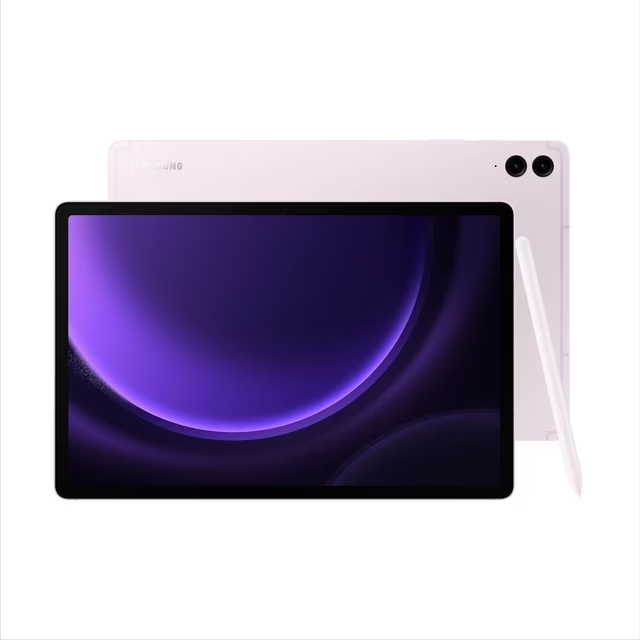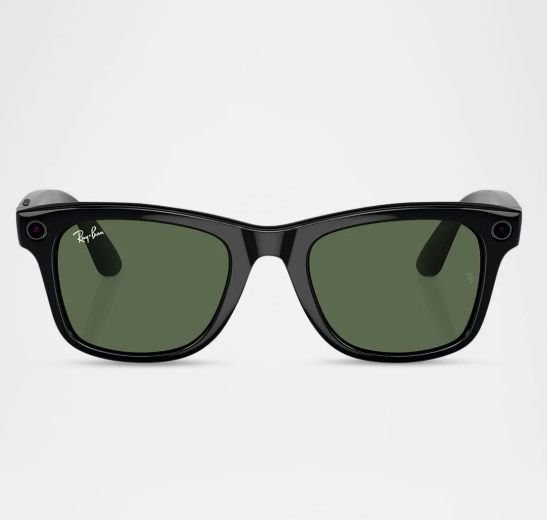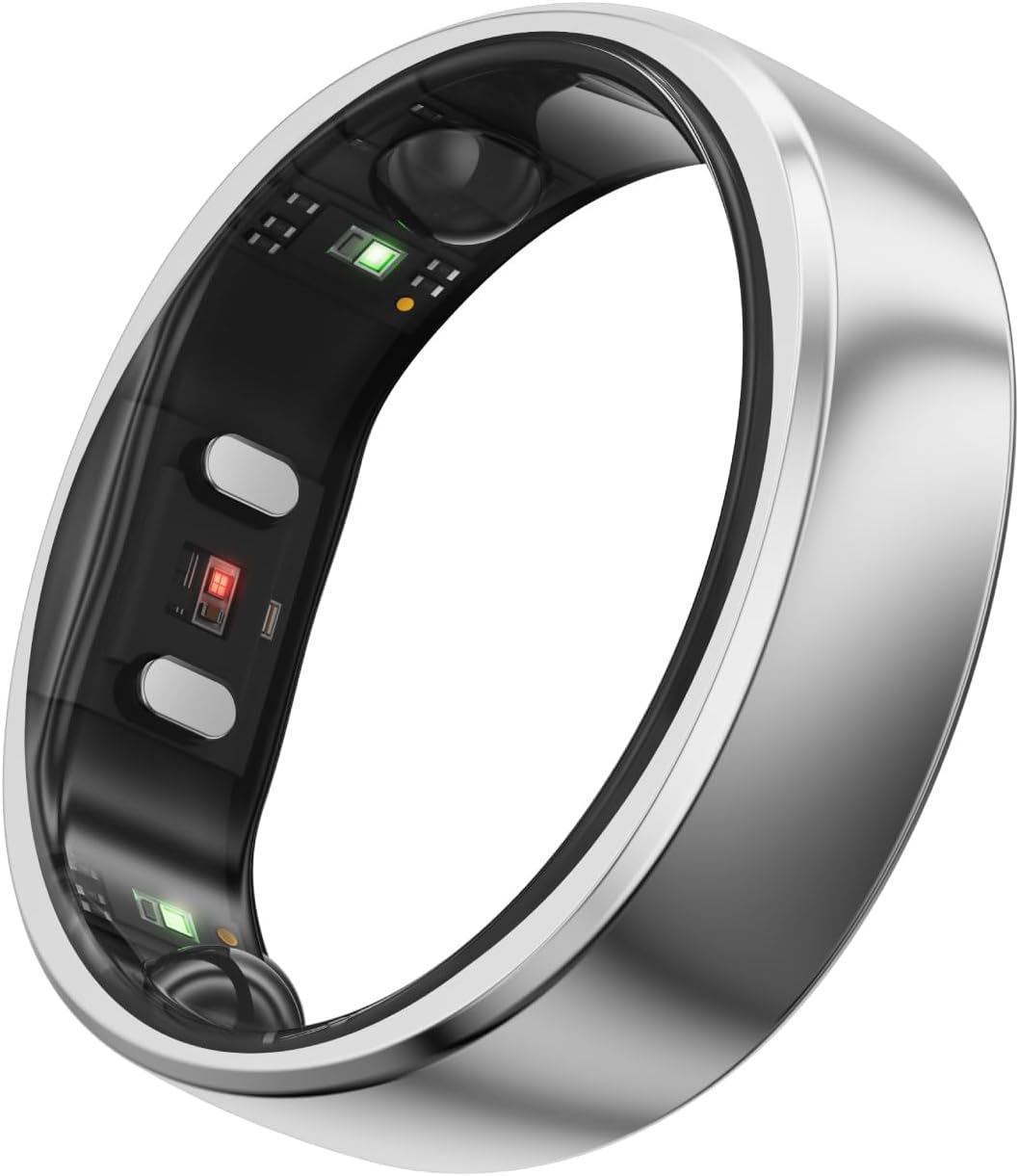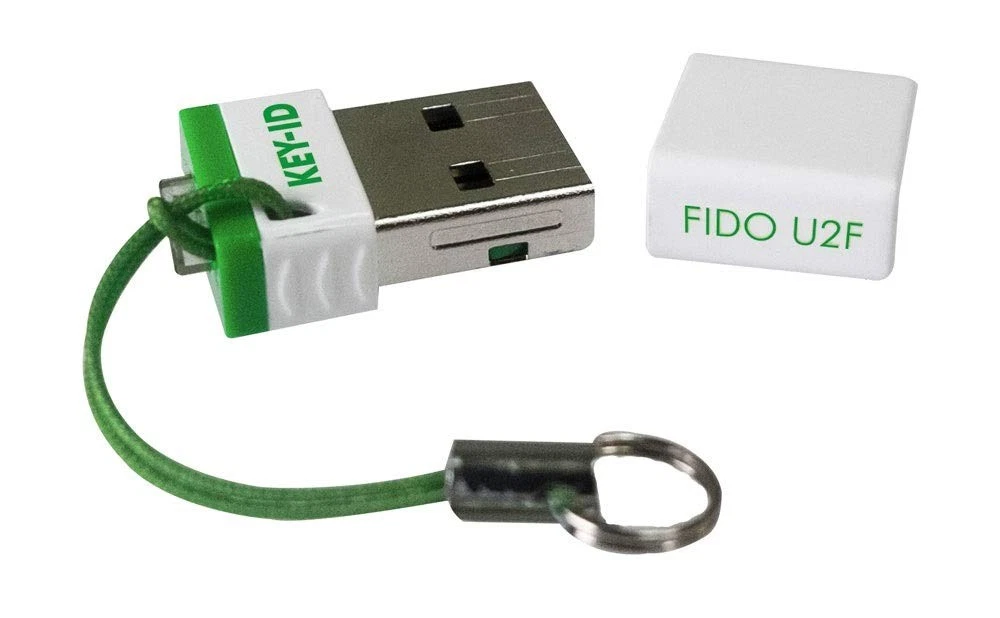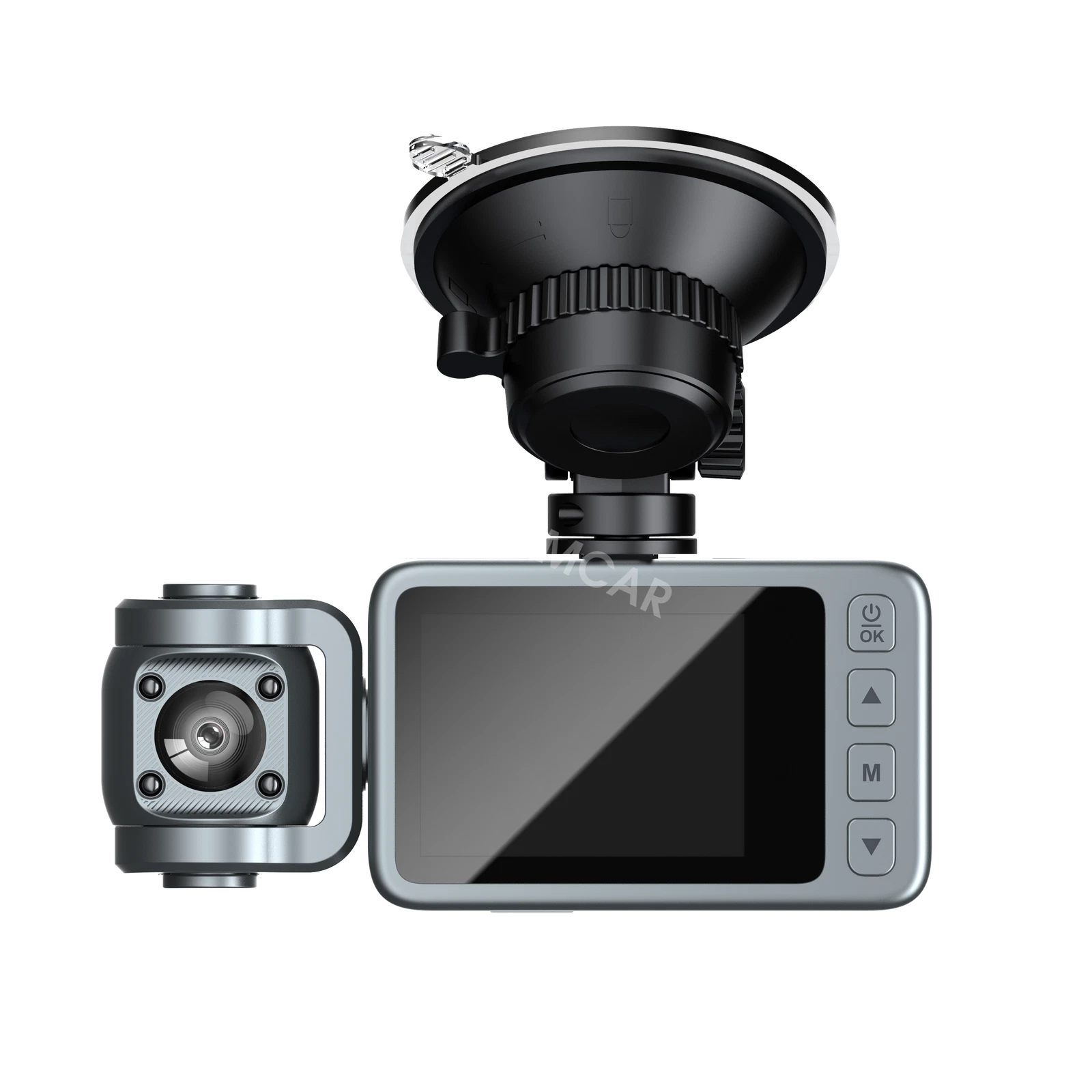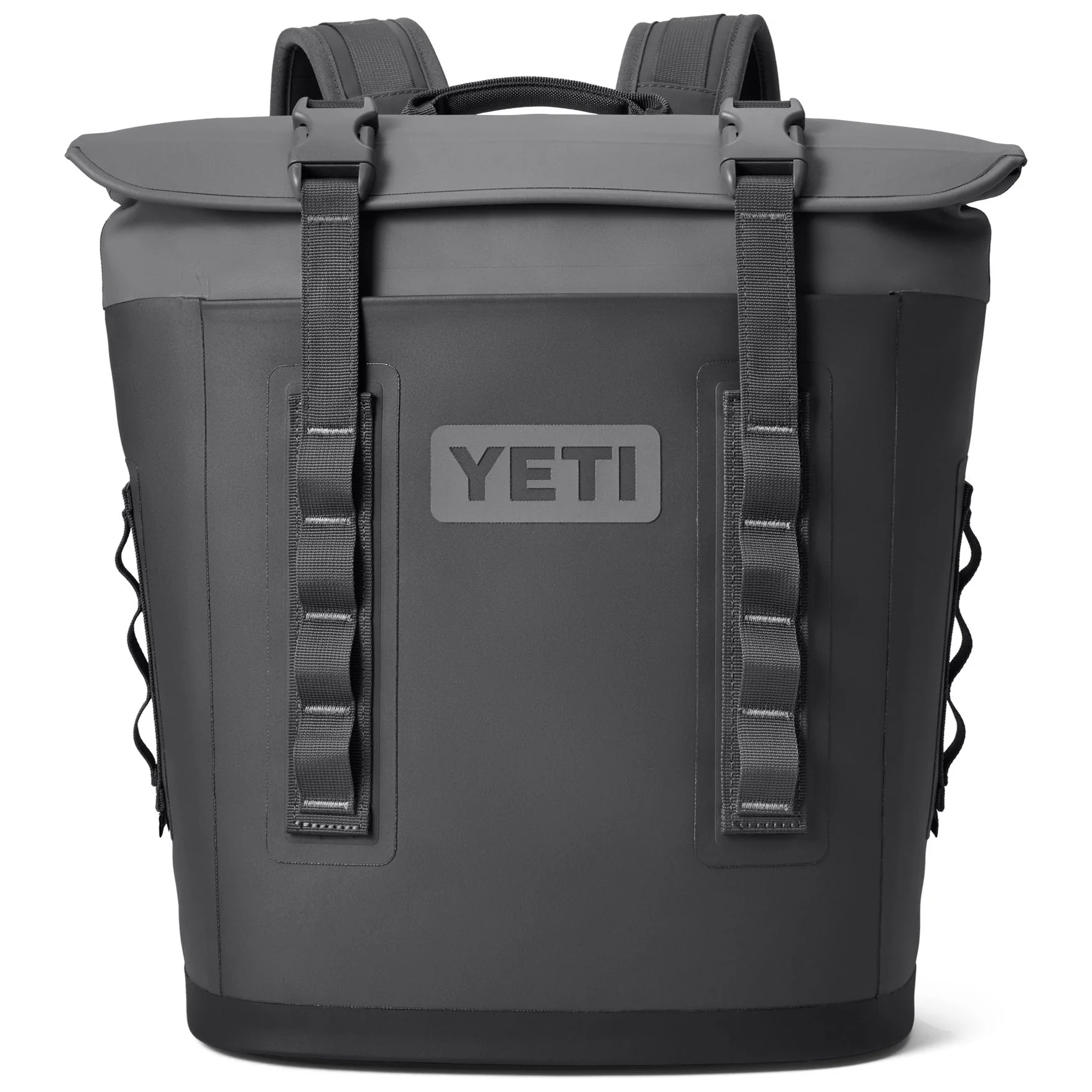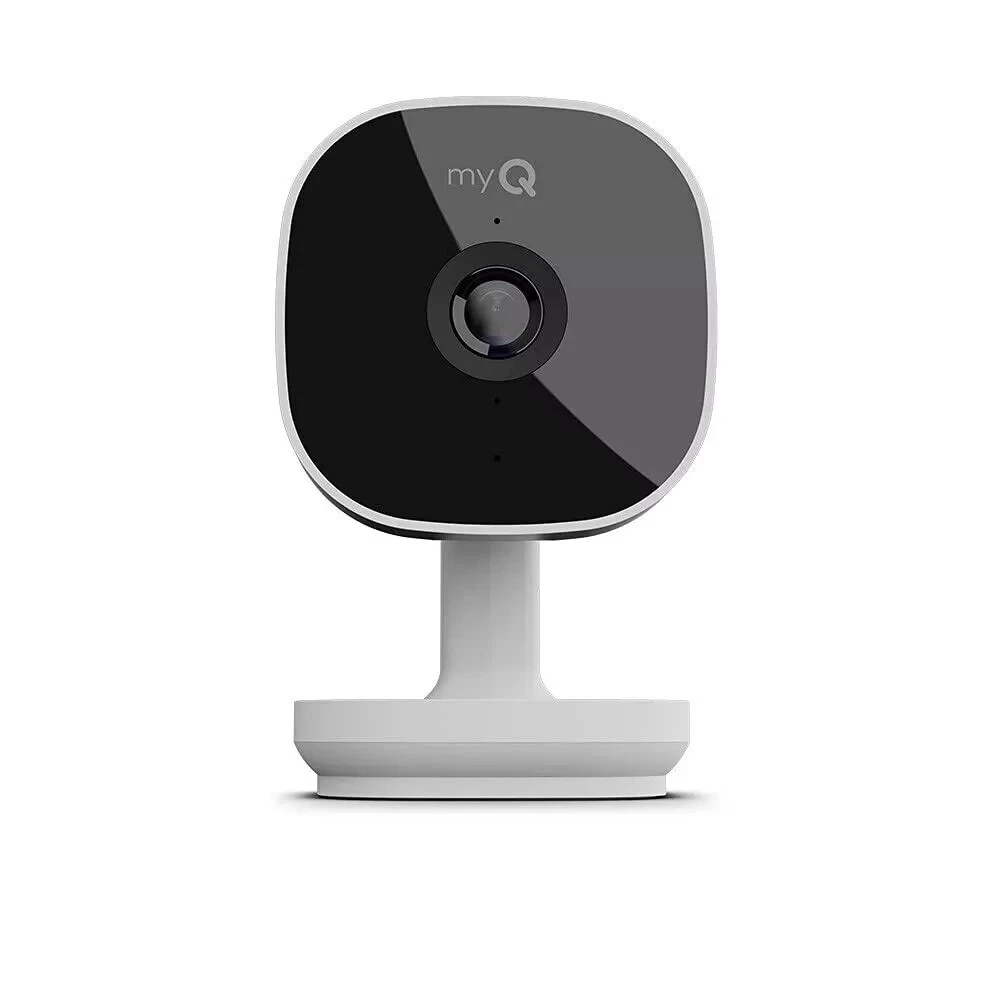There’s a certain relief that comes from stepping onto floors that just… feel cared for. No dust bunnies greeting the morning light. No post-dinner crumbs ricocheting underfoot. Robot vacuums have matured from techy novelty to everyday essential, and Roborock sits in that sweet spot where intelligent navigation meets quietly obsessive attention to the little messes of real life.
In this article, we’ll explore how Roborock robot vacuums slot into your space without demanding a new personality from you. We’ll map practical placement, create a room-by-room plan, dig into pet-hair realities, and share light-lift habits that keep the system humming. Consider this your blueprint for a cleaner home that doesn’t need a lecture—or a Saturday afternoon—to stay that way.
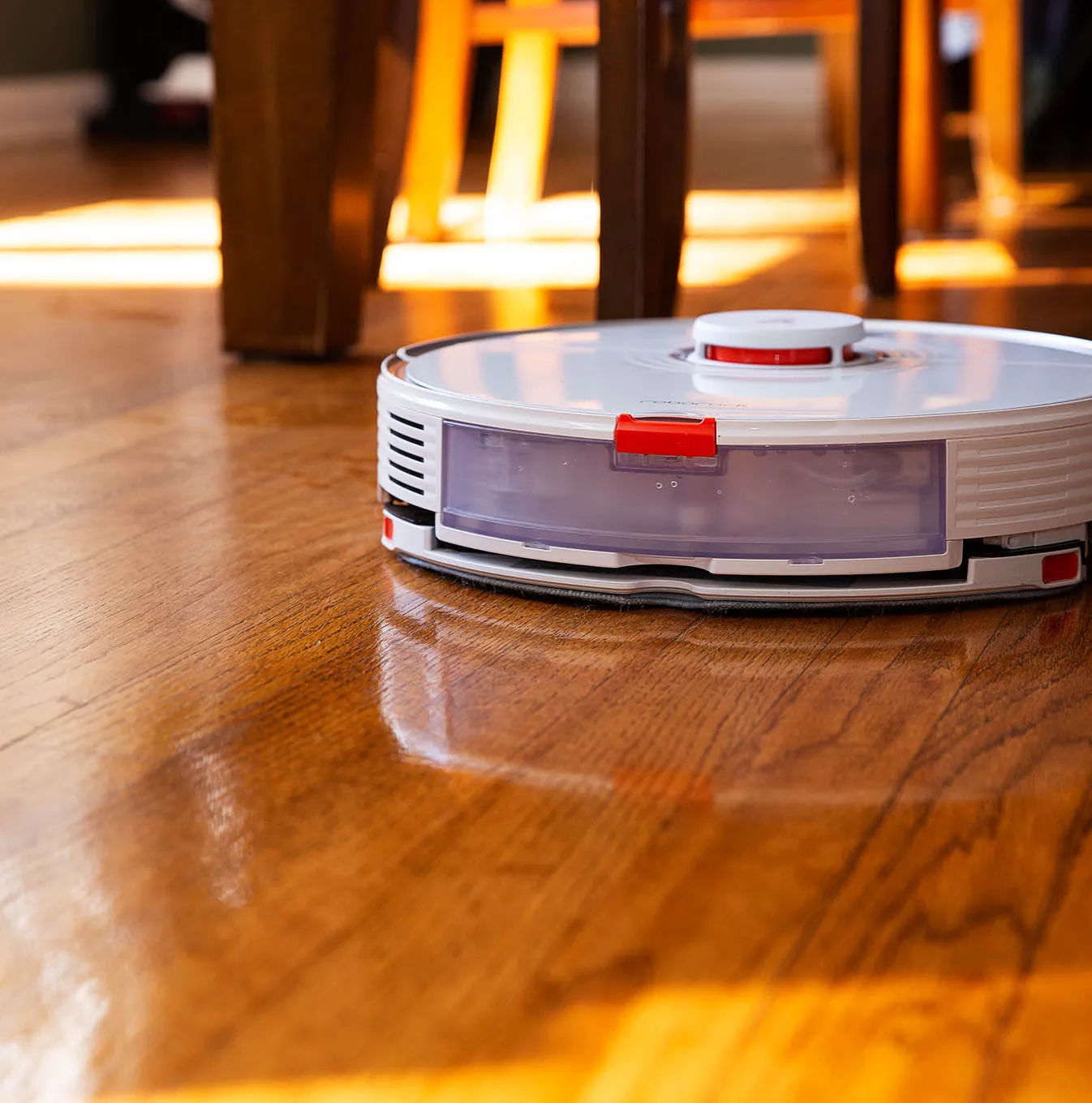
Meet the Vibe: Calm, Considered, Consistent
A great robot vacuum doesn’t audition for attention; it quietly resets the vibe of your home. Roborock models are designed to blend in—sleek docks, low-profile bodies, and a glide that reads more “hotel housekeeping” than “gadget on patrol.” The payoff is consistency: instead of heroic weekend cleans, you get small, frequent resets that keep dust from ever becoming a storyline.
What “Good” Looks Like Day to Day
- Routines you forget to worry about. Set schedules and let them run; the floor stays in a permanent “recently cleaned” state.
- Smart coverage, minimal drama. Thoughtful navigation patterns to hit edges, under tables, and that one pet hair hotspot by the hallway baseboard.
- A dock that behaves like furniture. Place it intentionally and it visually disappears—while quietly keeping the system ready.
Place the Dock Like a Designer (and a Pragmatist)
Think of the dock as home base—and a piece of furniture. Even the best robot struggles when it has to shimmy past shoe piles or power bars. Give Roborock a calm front door, and it will behave like a calm guest.
- Visibility for the robot, invisibility for you. Tuck the dock along a straight wall with 0.5 m clearance on each side. It still looks discreet, but the robot gets a clean approach vector.
- Avoid pinch points. Narrow hallways, plant stands, and chair legs crowd the robot’s return loop. If you must dock in a tight spot, pull furniture forward by a few centimeters to create lanes.
- Cable choreography. Route the power cable along a baseboard or under a rug edge. A single cable clip turns visual noise into clean lines.
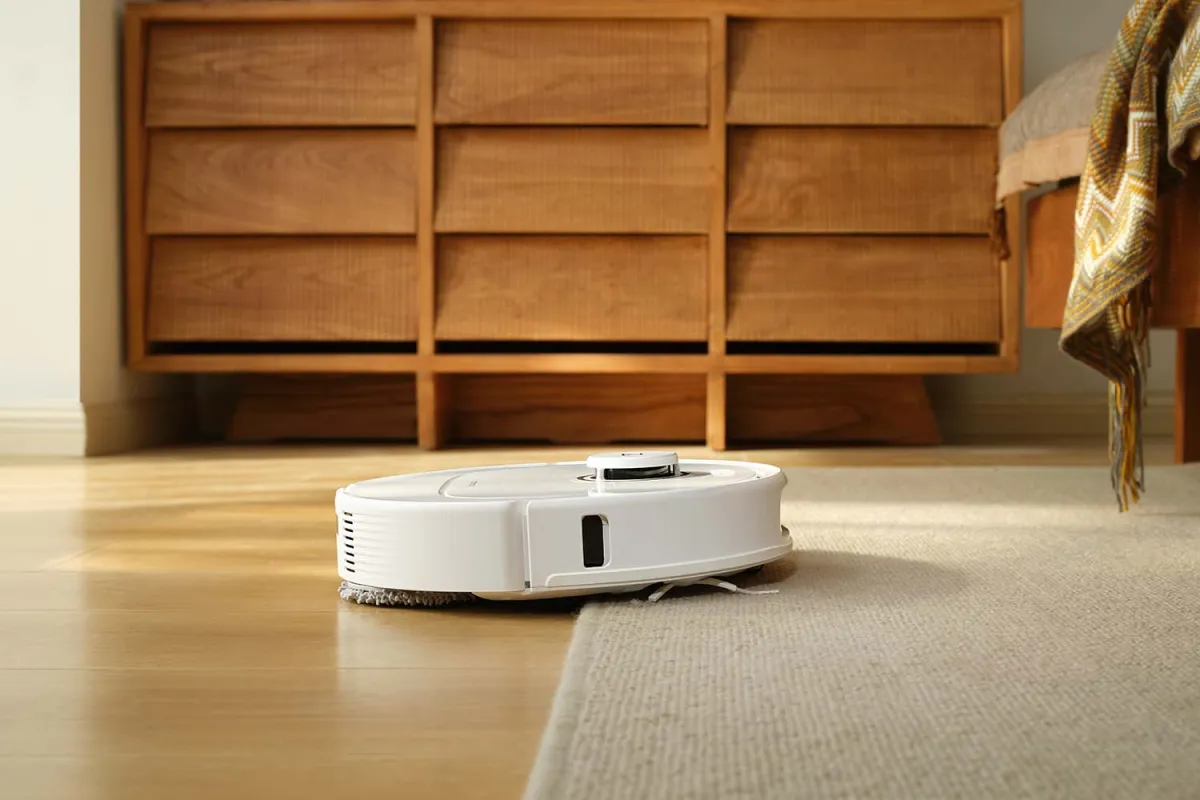
A Room-by-Room Playbook (So Every Zone Feels Seen)
Kitchen: Crumb central. Schedule a quick reset after dinner—think 15–25 minutes while you’re loading the dishwasher. Chairs pulled out? Perfect. The robot threads the maze and catches what the day left behind.
Living Room: The drop zone for life. Alternate days here keep lint and pet fur in check. If you have a shaggy rug, let Roborock focus passes across edges where fuzz and dust negotiate a truce.
Hallways & Entry: These are dirt highways. Daily short runs that start and end here stop grit from migrating to the rest of the house. Consider a weekday schedule that hits entries first.
Bedrooms: Light dust, big calm. A twice-weekly pass is plenty for most spaces. If you have a dressing area, anchor a small mat to catch lint fallout and let the robot skim it as part of the route.
Office/Studio: Cables watchlist. Use cord clips or a small cable sleeve behind your desk so exploratory brushes don’t play tug-of-war with chargers.
Pets, Kids, and Real-Life Chaos
If your life includes fur, crumbs, craft glitter, and tiny, mysterious plastic bits, you’re in the right brand. Roborock is particularly strong at edge work and under-sofa reconnaissance—two zones where fluff gathers like it pays rent.
- Pet-hair realities. Schedule quick daily passes in the rooms where your pets actually hang out (the sunny patch, the sofa corner, beneath the dining table). You’ll notice less tumbleweed buildup by day three.
- Toy triage. Park a small basket near play areas and do a two-minute sweep before runs. The robot appreciates clear paths; so do your LEGO soles.
- Morning vs. evening. Morning runs scoop up what the night scattered (hair, dust); evening runs collect the day’s debris (snacks, sand). Choose one, or stagger both on lighter settings.
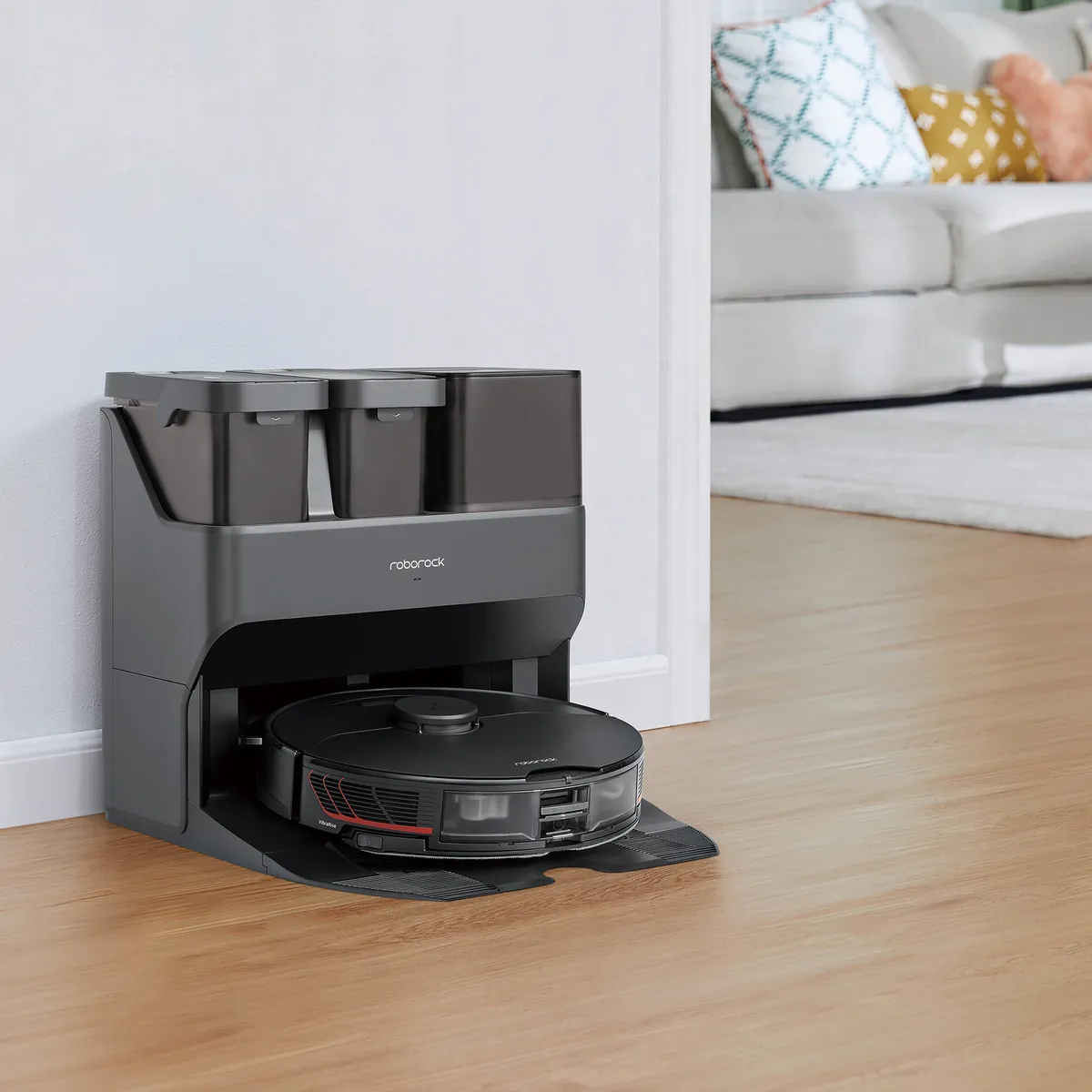
Cleaning Styles That Respect Your Floors
Every home is a patchwork: hardwood in the hall, tiles in the kitchen, relaxed rugs where the feet land. Roborock switches contexts gracefully without asking you to be the hall monitor.
- Hard floors: Long grains and baseboards crave passes that get right to the edge. Route planning shines here; the robot’s tracks end up reading like tidy pinstripes.
- Rugs & runners: If you’ve got tasseled friends, tuck the tassels under or set a “no-go” strip along that edge. Minimal prep saves untangling later.
- Thresholds: Most doorbars and low transitions are A-OK; if one spot trips the robot, place a slim threshold ramp and watch the problem vanish.
The “Light Touch” Care Routine (Five Minutes a Week)
Think of the robot like a coffee machine: a small habit keeps the magic coming.
- Dust bin quick-check. Even with self-emptying bases, peek once a week. If you don’t have a base, empty after long runs.
- Brush TLC. Snip hair wraps from the roller and side brush—two minutes, maximal payoff.
- Sensor swipe. A soft cloth across front sensors and the underside keeps navigation snappy.
- Map sanity. If you move big furniture, run a quick mapping pass so routes adjust to the new reality.
Tidy Design: When the Dock Looks Like It Belongs
A dock can read like clutter—or like a deliberate design choice. Let’s vote for deliberate.
- Echo materials. If your console table is light oak, place the dock near a similar tone so it visually blends.
- Line up with baseboards. A dock parallel to a baseboard looks “installed,” not “added.”
- Hide in plain sight. Under a bench with open sides is peak stealth: out of the traffic lane, still easy in/out for the robot.
Common Mistakes (and How to Dodge Them)
- Parking in a bottleneck. If the robot has to U-turn into the dock, it’ll bump and fuss. Straight shots are happier.
- Overloading a single run. Huge multi-room missions are impressive but unnecessary. Short, focused runs create better consistency.
- Ignoring cords. Cable spaghetti is the mortal enemy of smooth runs. Ten minutes with clips equals months of chill.
- Treating it like a miracle worker. It’s a teammate, not a genie. A two-minute pre-run reset (toys up, chairs out) compounds gains.
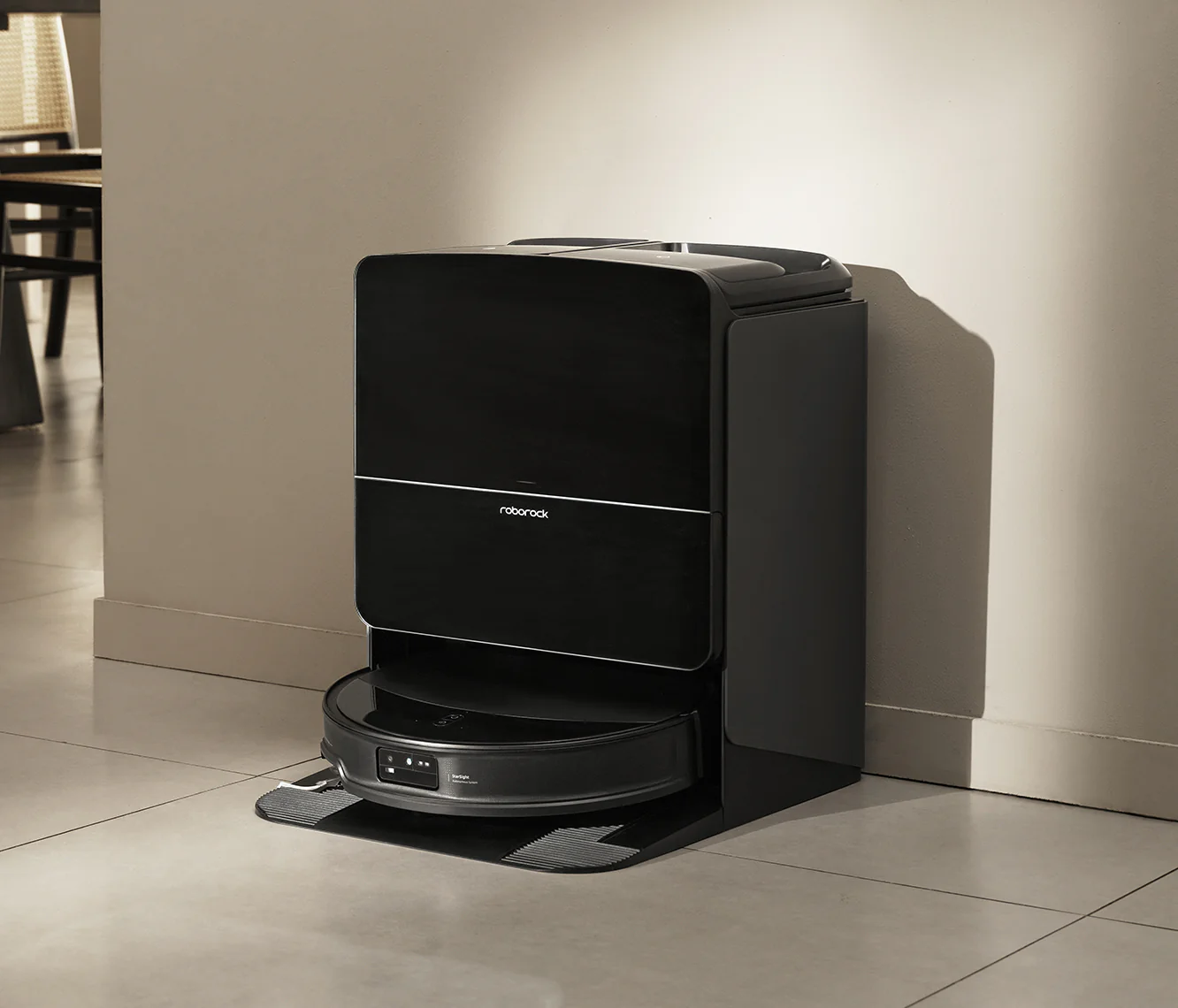
Make It Yours: Schedules That Match Your Life
- Work-from-home calm: Mid-morning pass after breakfast, then a quick evening sweep in the kitchen only.
- Family hustle: Daily mini-run for entry + kitchen; every other day for living room; weekend bedroom pass.
- Pet-first plan: Short daily runs in pet zones; deeper clean on laundry day when dogs are at the park.
- Entertainer’s schedule: Pre-guest tidy in public areas; post-party “quiet mode” pass overnight.
A Note on Aesthetics (Because Vibe Matters)
There’s genuine pleasure in tech that doesn’t shout. Roborock leans clean—rounded corners, subtle finishes, docks that don’t look like industrial equipment. If your home style skews Scandinavian calm or modern warm, the hardware will blend; if you’re eclectic, the understatement plays foil to bolder furniture and art. Either way, the visual footprint stays minimal while the floors read cared-for.
Conclusion
The best household upgrades are the ones that give time back and ask almost nothing in return. Roborock robot vacuums turn floor care into a low-friction ritual: a quiet dock, smart passes, and that “ahh” moment when sunlight catches dust-free planks. Set the base with intention, run short targeted schedules, give the brushes a weekly minute, and let your home live in a near-constant state of reset—without the weekend marathon.
FAQ
- How do I choose where the dock should live?
Pick a straight wall with room to approach, route the cable cleanly, and avoid bottlenecks or door swings. - What’s the ideal cleaning schedule?
Short, frequent runs beat heroic marathons. Start with kitchen daily, living room alternate days, and bedrooms twice weekly. - Can a robot handle pet hair without drama?
Yes—focus daily passes where pets hang out and give brushes a quick weekly snip to keep things smooth. - Will it struggle with rugs or thresholds?
Most low transitions are fine. Tuck tassels under and add a slim ramp if one threshold proves stubborn. - How do I keep cables from becoming a problem?
Use clips and sleeves behind desks and media consoles. Ten minutes of prep equals months of calmer runs. - What if my layout changes?
Run a quick remap after moving big furniture so routes feel natural again. - Is it loud at night?
Quiet modes are your friend. Schedule overnight passes in living areas and daytime runs in bedrooms. - Do I need a self-emptying dock?
It’s convenience more than necessity. If you prefer fewer bin trips, it’s a lovely quality-of-life upgrade. - How much prep before each run?
Two minutes: toys up, chairs pulled out a touch, cords tamed. The robot will reward you with cleaner lines. - What’s the one habit that changes everything?
Treat cleaning like brushing your teeth: a small daily ritual. The floors never fall behind, and weekend you is eternally grateful.

